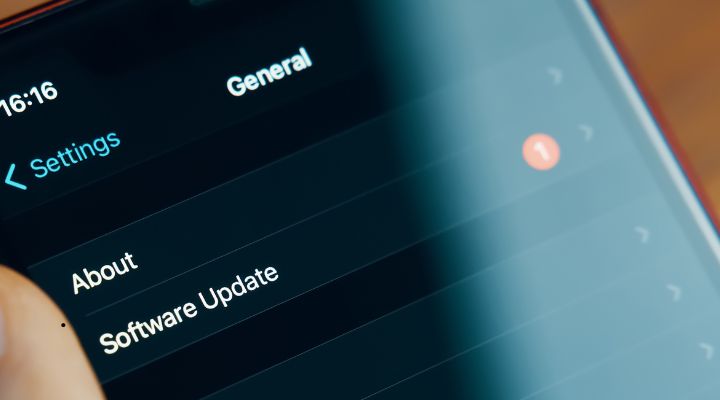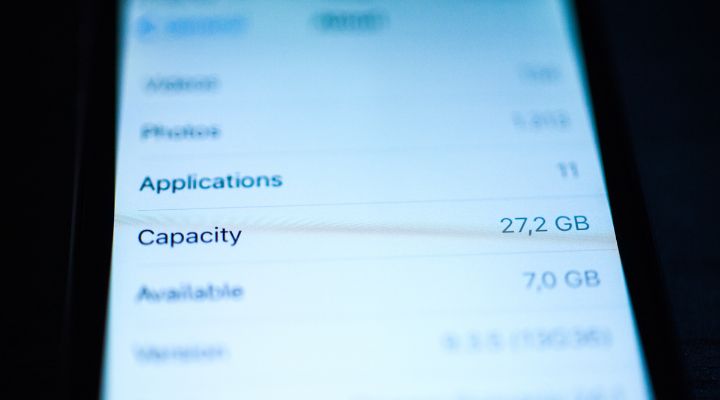Why is my iOS update paused?
If you encounter an interrupted or paused iOS update on your iPhone, there are a few common culprits to check first. The main reasons for update issues are:
- Insufficient storage space
- Poor internet connection
- Low battery level
By addressing these basic device and connectivity requirements, you can often resume and complete the iOS update successfully. If problems persist, further troubleshooting tips are provided below.
Examining the iOS Update Process
To understand what’s causing an update to pause or fail, it helps to first look at how iOS installs updates.
Downloading and Installing Updates
When a new iOS update is available, your iPhone will automatically download the software in the background when connected to power, WiFi, and strong cellular signal.
software update error issues often occur at the downloading stage if you have an unstable internet connection or don’t meet basic power requirements.
Once downloaded, your device will wait for a convenient time to install the update. This requires sufficient storage space and temporary spare capacity to unpack files needed for installation.

Addressing Device Readiness Factors
Insufficient memory or storage space on your iPhone are thus prime suspects for interrupting iOS updates. An update simply can’t proceed if there’s inadequate room to unpack the necessary temporary space requirements.
Similarly, the update process relies on maintaining connections to both power and internet throughout. A disruption in your iPhone’s network connection, WiFi, or battery percentage level can all lead to a stalled update installation.
Diagnosing Your Paused iOS Update
With an understanding of where iOS updates commonly falter, you can systematically check for the most probable issues causing your paused update.
Checking iPhone Storage Space
Go to Settings > General > iPhone Storage to view available space. Your iPhone requires at least 10GB free to install major iOS updates smoothly.

If space is low, you’ll need to free up room by offloading unused apps, messages, and photos before trying again. Leveraging iCloud storage can help significantly.
Evaluating Network Connectivity
iOS update download interruption or failure is typically due to poor internet access. Test your connection speed and switch from WiFi to mobile data or vice versa if throughput is low.
Check https://www.apple.com/support/systemstatus/ for any current outages, and ensure your router placement optimizes signal strength. Avoid updating during peak usage hours when bandwidth may be congested.
Maintaining Adequate Power
Your iPhone must stay continuously powered throughout the entire update process. Only attempt installing updates when your battery percentage shows at least 50% charge or more. Use a wall charger rather than your computer for reliable power.
Resolving iOS Update Issues
Should your update remain persistently paused or failed even after addressing the above troubleshooting tips, several options exist to hopefully resume and complete the process successfully:
Quick Fixes
- Force restart your iPhone
- Toggle Airplane mode on/off to reset connections
- Clear Safari history and website data
- Erase and re-enter WiFi network details
Alternative Update Methods
- Connect to a computer with iTunes (PC) or Finder (Mac)
- Initiate update directly from recovery mode
Reset Device Settings
- Network settings reset erases stored connection info
- Full factory reset erases all content and settings
Reaching out to Apple support communities to learn from other users’ tips and feedback can also help diagnose tricky update problems.
With a bit of dedicated troubleshooting, identifying the specific factors interrupting your iOS update is very achievable. By methodically checking storage space, network connections, power status, and trying reset procedures, you can generally get a paused update back on track. Maintaining your iPhone properly keeps the iOS experience smooth.

